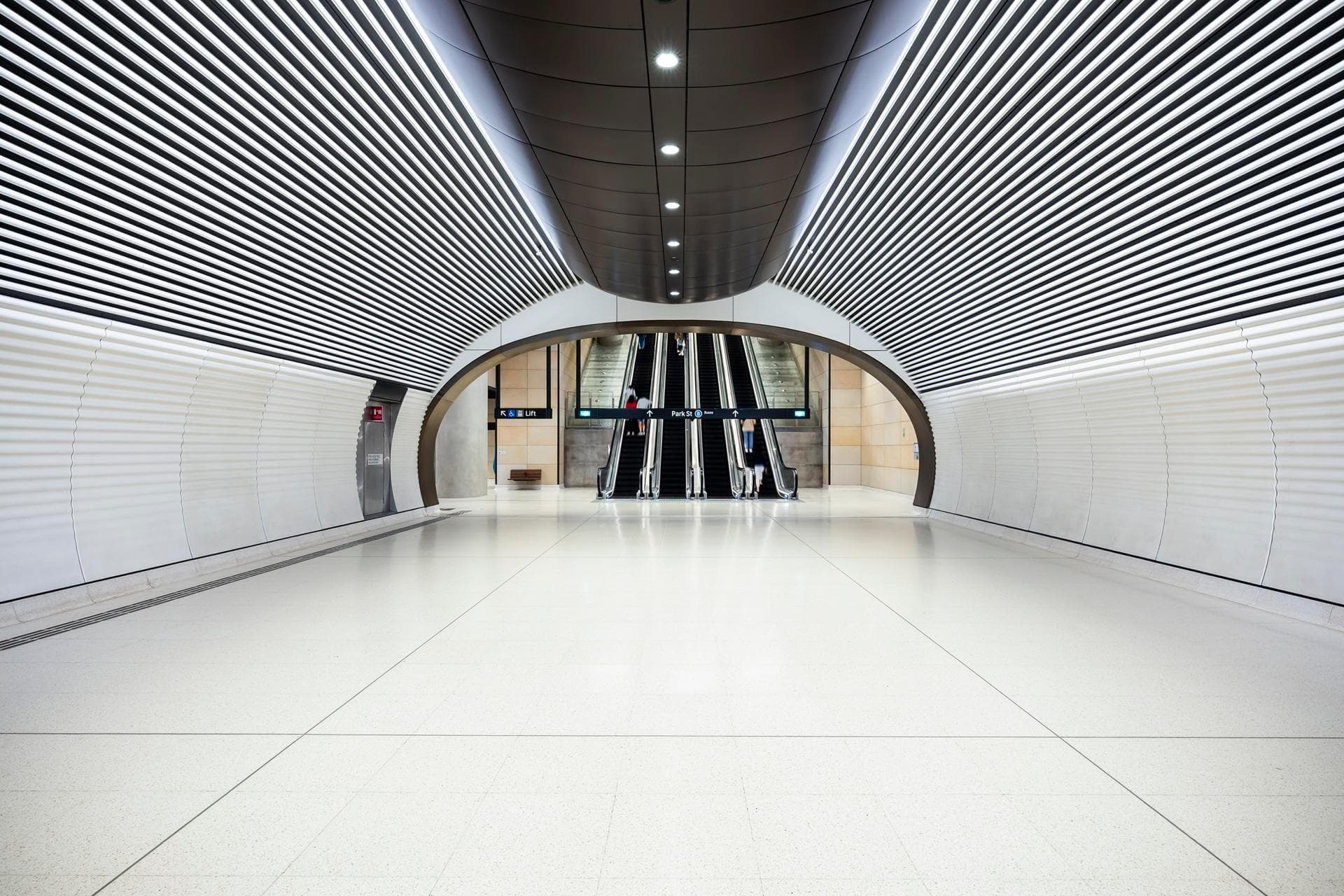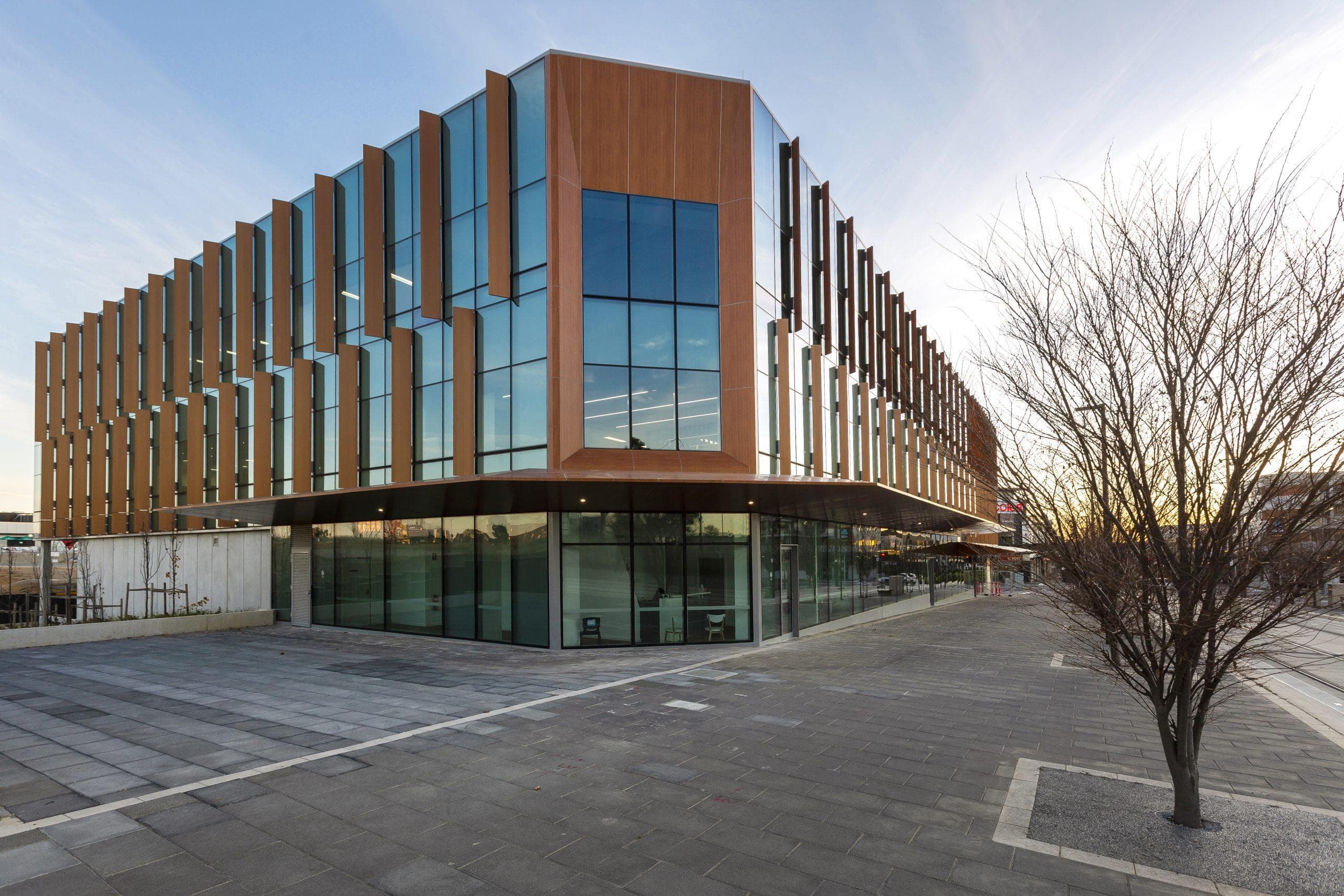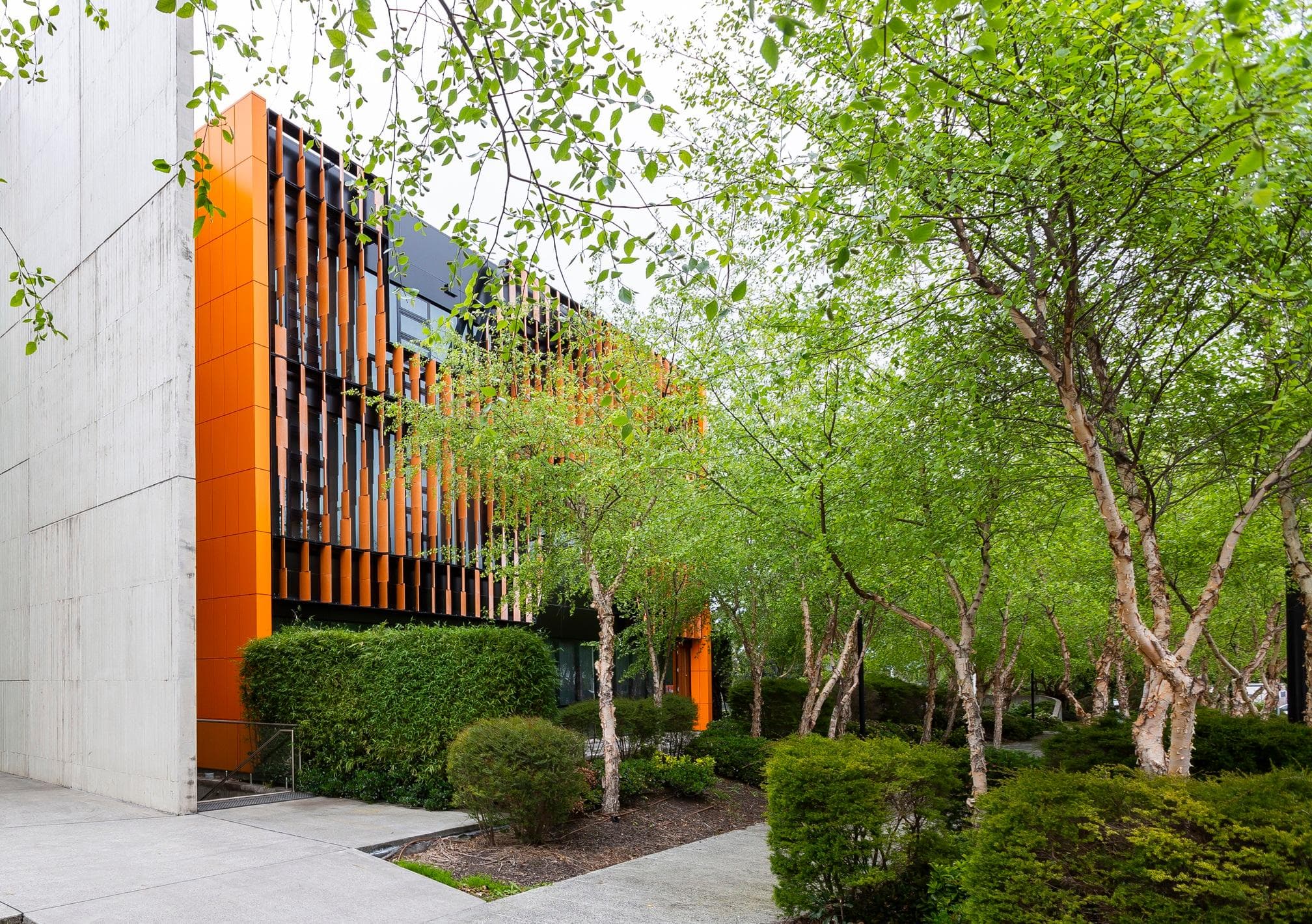Sustainable Design Considerations and Material Selection
The facade can account for up to 30% of a building’s embodied carbon footprint. In the face of climate change, future facades will need to not only deliver iconic aesthetics and weather protection but also drastically reduce the carbon footprint of the structure throughout its entire life cycle. Specifying sustainable facade materials is a crucial first step in accomplishing this objective.
A building’s facade sets the bar for its long-term sustainability, making it one of the most important design elements. In support of the built environment sector’s goal to reach net zero emissions, future facades will need to not only deliver iconic aesthetics and weather protection but also reduce the carbon footprint of the structure throughout its entire life cycle.
The facade can account for up to 30% of the building’s embodied carbon footprint based on a 2021 study by the World Business Council for Sustainable Development. For this reason, reducing embodied carbon through informed design practices and material selection should be a priority for architects and facade designers.
In Facades for the Future: Sustainable Design Considerations and Material Selection, we take a close look at the role of facade design in sustainable development and approaches to evaluating and selecting sustainable cladding materials.
Embodied carbon emissions result from the extraction of raw materials, their manufacturing and refinement, transportation, installation, maintenance and the eventual disposal of used materials. While operation carbon can be reduced throughout the building’s lifespan, embodied carbon cannot be altered once construction is complete. Carbon emissions released before built assets are used currently make up 11% of the global sector’s greenhouse gas emissions, but by 2050, they will account for half of all new construction’s carbon footprint.
Architects and designers must consider several factors when designing facades in order to reduce their embodied carbon. Firstly, the type of facade system will contribute to the structure’s overall sustainability. Second, durable and sustainable building materials should be identified and preferred. Finally, a well-designed facade incorporates sustainable materials efficiently with minimal waste.
Cladding materials are frequently chosen after being assessed for performance, aesthetic appeal, and cost. With “sustainable” facades, these criteria are widened to include both health and environmental impacts. Life cycle assessments and Environmental Product Declarations (EPDs), ecolabels and sustainable certification schemes assist architects and designers in evaluating and selecting environmentally preferable products. Note also that the durability and maintenance requirements of materials will also be considered towards their embodied carbon.
Available from Network Architectural, ALPOLIC™ NC/A1 (DtS Non-Combustible) is a fire-safe, compliant, aluminium composite cladding. This product receives the tick of approval on sustainability, which is evident in ALPOLIC™ by Mitsubishi Chemical Infratec Co., Ltd’s successful registration of its EPD, which has been produced by Good Environmental Choice Australia.
ALPOLIC™ NC/A1 is a maintenance-free panel that comes standard with a 20-year full replacement warranty. In the case of other cladding products, the warranty is often directly connected to maintenance. It is this requirement for regular maintenance that can impact the embodied carbon of the building. With ALPOLIC™ NC/A1, embodied carbon from a life cycle and maintenance point of view is kept to an absolute minimum.
Download this whitepaper to learn how elevated sustainable outcomes can be achieved through thoughtful and informed facade design and specification.
Related Articles

The Cladding Conversation: Facade Engineers Shouldn’t be an Afterthought
In this episode of Talking Architecture & Design, Total Building Engineering Solutions’ Mario Mey and Network Architectural’s Llewellyn Regler explore why engaging Facade Engineers early in a project is essential—not optional. From fire safety and waterproofing to the benefits of using ALPOLIC™ cladding, they discuss the evolving cladding landscape, the impact of the DBP Act, and the future of safe, high-performing facades.

The Case for Customisation: Getting the Most Out of Metal Ceilings
Custom metal ceilings are more than just a design statement—they’re a powerful tool for achieving acoustic performance, compliance, and long-term efficiency. This whitepaper explores how tailored ceiling systems can deliver practical, cost-effective outcomes while elevating architectural intent. Backed by Network Architectural’s expert-led Project Design Lifecycle, customisation becomes a strategic asset across every stage of your project.

Engineering Resilient Facades
Australia’s extreme climate demands durable facades that ensure safety, performance, and longevity. This whitepaper explores key compliance standards and material solutions, designed to withstand harsh weather and thermal expansion.
